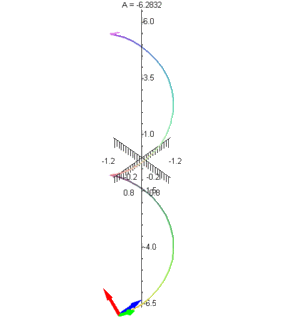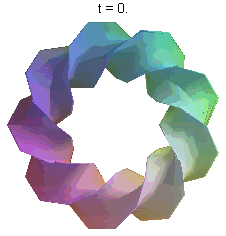Good browsers include:
- Firefox (Windows, Mac, Linux; vast number of languages available, excellent adblocking add-on, high compatibility with sites designed for IE; open source)
- Safari (Windows, Mac; simple, lightweight, fast, made by Apple)
- Opera (Windows, Mac OSX, multiple Linux versions, Solaris, QNX, OS/2, FreeBSD, BeOS; highly customizable; proprietary)
- Chrome (Windows XP SP2 and Vista only; extremely minimalist, lightweight, made by Google; based on open source Chromium project)
You can also check out the Comparison of web browsers entry on Wikipedia. Most any browser other than IE and AOL will do fine.
If you use IE on a work computer and do not have software installation privileges, you can use OffByOne, which has a horrible GUI but can run from a floppy, CD, or thumb drive without installation. However, you'll want to alert your network administrator to the problem with IE; perhaps you could gently encourage him or her to install a less vulnerable browser for your workplace.
If you believe your information may already have been compromised, now would probably be a good time to change your passwords. I'm afraid I can't give any advice on the vague threat of a remote user taking control of your computer; personally, I would back up everything and re-format my hard drive.
This would also probably be a good place to recommend some safe browsing habits. Don't use IE, don't click on ads, and avoid all sites that offer illegal downloads, hacks, cracks, pirated software, nudity, gambling, or other activities that attract shady people in real life. If you must use torrents or peer-to-peer software, do it in Linux. I recommend Ubuntu.
Above all else, do not under any circumstances trust virus scanners or spyware detection programs to keep you safe. They will not. They will merely lull you into a false sense of security while evil little digital critters infest your system. The dirtiest systems I have ever come in contact with all had Norton or McAfee installed, updated, and running their "active protection" memory-hogging placebo programs. While I'm sure the big-name virus protection programs do something and I have occasionally known them to detect actual viruses and malware, they cannot and will not protect against irresponsible and dangerous Internet behavior. Again, if you must indulge in risky activities, install Linux.
Read more!





